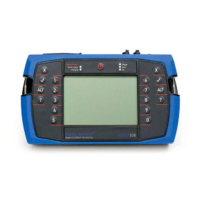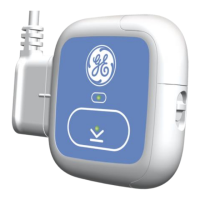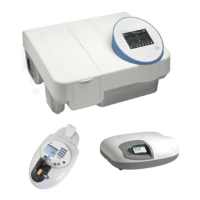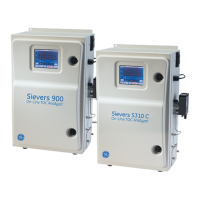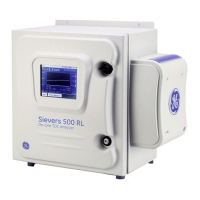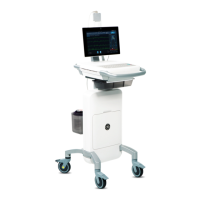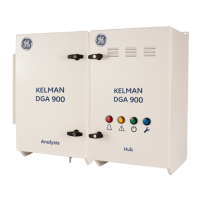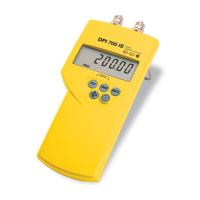Section 4 — Measurement Types and their Uses
52
Demodulation
The demodulation process looks for repetitive patterns created by
impact events that lie embedded within a time waveform. The process
works by extracting the low amplitude, high frequency impact signals
and then tracing an 'envelope' around these signals to identify them as
repetitions of the same fault. The resulting spectrum, with the low
frequency data removed, will now clearly show the high frequency
impact signals and harmonics.
Demodulation is also useful as an early warning device as it detects
bearing tones before they are visible in a normal spectrum.
The high frequency signals that demodulation aims to extract are very
localized, therefore extra care must be taken to ensure the
accelerometer is set up correctly. Ensure that the:
• Accelerometer is mounted close to the signal source.
• Accelerometer is well coupled, using either stud mounting or a
very strong magnet on bare metal. A handheld probe or stinger
is NOT recommended.
• Accelerometer mounting is consistent between visits, otherwise
trend plots of overall RMS values will be meaningless.
The bandwidth you select determines which range of frequencies the
demodulation process will use. If possible, your instrument will suggest a
suitable demodulation bandwidth using the machine's default RPM
when configuring a demodulation recording.
For most standard speeds (above 1000 RPM), a bandwidth of 2 - 10 kHz
will typically be recommended and automatically selected when you
open the Bandwidth window ( Bandwidth after selecting a
measurement type of Demod).

